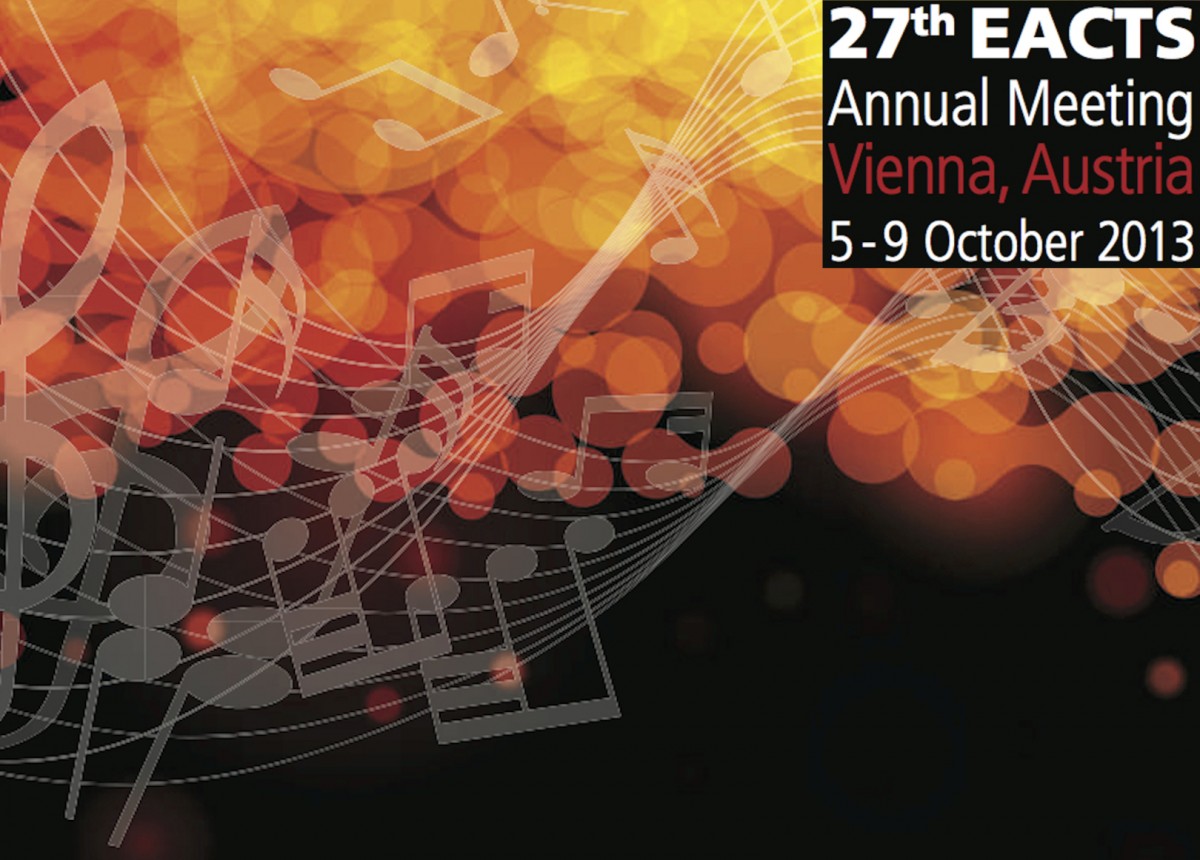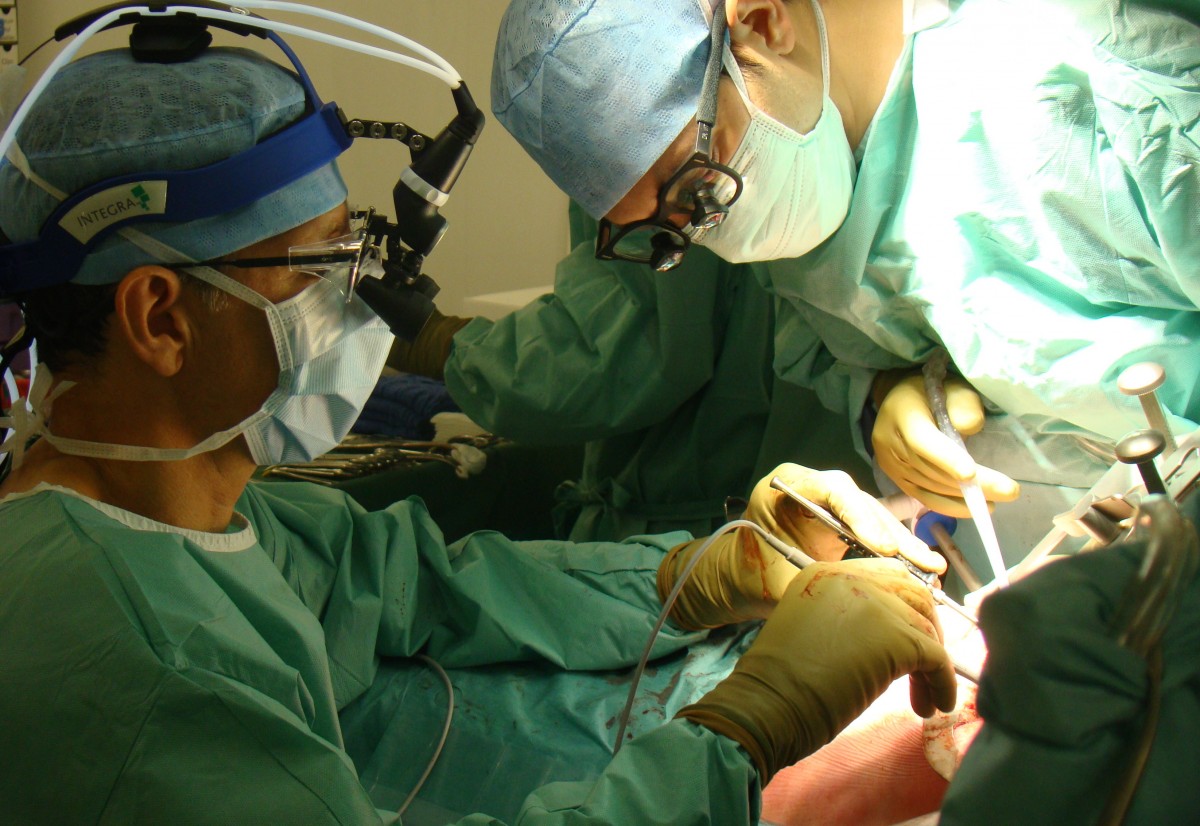





Robotic cardiac surgery. A marketing fuss or a real benefit?
Robotic surgery has been hitting the headlines for years. Notwithstanding, it is not widely understood what robotic surgery is really about and what are the benefits and pitfalls of this technology.
Nowadays, when we talk about robotic surgery we mean surgery performed with the da Vinci telemanipulator (Intuitive Surgical, Sunnyvale, CA, USA). It is not the sole robotic system available, but it is indeed the most advanced authority cleared surgical robot. It is successfully commercialized worldwide and dominates almost 100% of the market.

ECMO
The term ECMO is an abbreviation for ExtraCorporeal Membrane Oxygenation.
The naming can create some confusion about the type and indications for use of this versatile system of acute life saving cardioplulmonary support.

First in man implantation of the CARMAT total artificial heart
From the official press release as distributed on December 20th, 2013:
CARMAT (FR0010907956, ALCAR), the designer and developer of the world’s most advanced total artificial heart project, providing an alternative for people suffering from end-stage heart failure, announces the first implantation of its artificial heart, as part of its feasibility study and in accordance with the approvals granted by the ANSM (Agence nationale de sécurité du médicament et des produits de santé, the French health authority) and the Comité de Protection des Personnes (ethics committee).
The procedure was performed on December 18, 2013 by the Georges Pompidou European Hospital team in Paris (France) – a world first.
The implantation went smoothly, with the prosthesis automatically providing blood flow at physiologic conditions. The patient is currently being monitored in the intensive care unit. He is awake and talks with his family.
“We are delighted with this first implant, although it is premature to draw conclusions given that a single implant has been performed and that we are in the early postoperative phase”, says Marcello Conviti, Chief Executive Officer of CARMAT.

How to handle the ischemic mitral valve during CABG surgery
This post refers to two intriguing presentations of this year’s EACTS meeting, held in Vienna. Both presentations deal with the chronically ischemic mitral valve (graded at least moderate) as a concomitant finding in patients qualifying for coronary artery bypass grafting. The indication for revascularization is an important differentiator: chronic mitral regurgitation due to past myocardial infarction can also be an entity by itself (i.e. without the need for a revascularization procedure). This entity poses a delicate and difficult question on the best option of how to deal with it. Surgery does not always deliver the desired result, the newer interventional option of Mitraclip® is currently in evolving investigation. I will come back to this issue with a dedicated post. Stay tuned!
Our clinical situation:
- Angiographically confirmed ischemic heart disease (IHD) needing surgical revascularization
- Concomitant, at least moderate mitral valve regurgitation due to restricted leaflet motion (no prolapse – Carpentier class IIIB) and / or annular dilatation, called Ischemic Mitral Valve Regurgitation (IMVR)

Science in progress: EACTS 2013 highlights
There is a plenty of meetings and conferences focusing on cardiology / cardiac surgery every year. Too many, actually. One of the most important ones in terms of participants and scientific impact is the annual meeting of the European Society of Cardio-Thoracic Surgery (EACTS). In many aspects, I believe it is better and more innovative than the big, classic american cardiac surgery meetings, such as the ones of the Society of Thoracic Surgeons (STS) or of the American Association of Thoracic Surgery (AATS).
In the following posts (all tagged “EACTS_2013”) I will review and share my favorite presentations of this years meeting. I will describe in a few sentences the clinical background to put the presentationsinto their context. Hopefully this will make the topics better understandable for you.

Cardiac surgery course for medical students
September has been a month characterized by academic teaching. I’ve had the pleasure to host two 5-student groups for two consecutive weekends in Lugano. This new heart surgery course (www.cardiocentro.org/kurs-herzchirurgie) that was specifically set up for medical students during clinical semesters.

The evolution of coronary artery bypass grafting: coronary surgery through small incisions (MICS-CABG).
The way to carry out an aortocoronary bypass has remained relatively unchanged during the last decades. The introduction of the beating heart surgery technique 10-15 years ago originated several technical and technological innovations, which made the procedure easier and safer. These developments created the potential for further approaches.
The latest evolution is performing the operation through a small incision under the left breast (mini-thoracotomy), also called MICS-CABG (minimally invasive cardiac surgery – coronary artery bypass grafting).
A (relative) defeat
Let’s start with the most important thing: the patient is alive and well, hence the word “relative” mentioned in the title. This is “just” about a “technical” defeat. A brief description of the case: patient with severe coronary artery disease and a severe mitral valve regurgitation with indication to surgery (aortocoronary bypass with 4-5 grafts on all three main coronary artery branches and mitral valve repair).

HeartMatters.ch has arrived!!!
In the vast internet world it is rather difficult to find any information duly weighed up, especially in the medical field. People who are involved know and feel it. The idea of this blog was born to fill this gap and from the desire to have heart matters introduced in an understandable, correct and considered way! A special attention is directed towards the students of medicine, who try to sense, understand and read between the lines, what moves and touches a specialist’s heart and soul.
